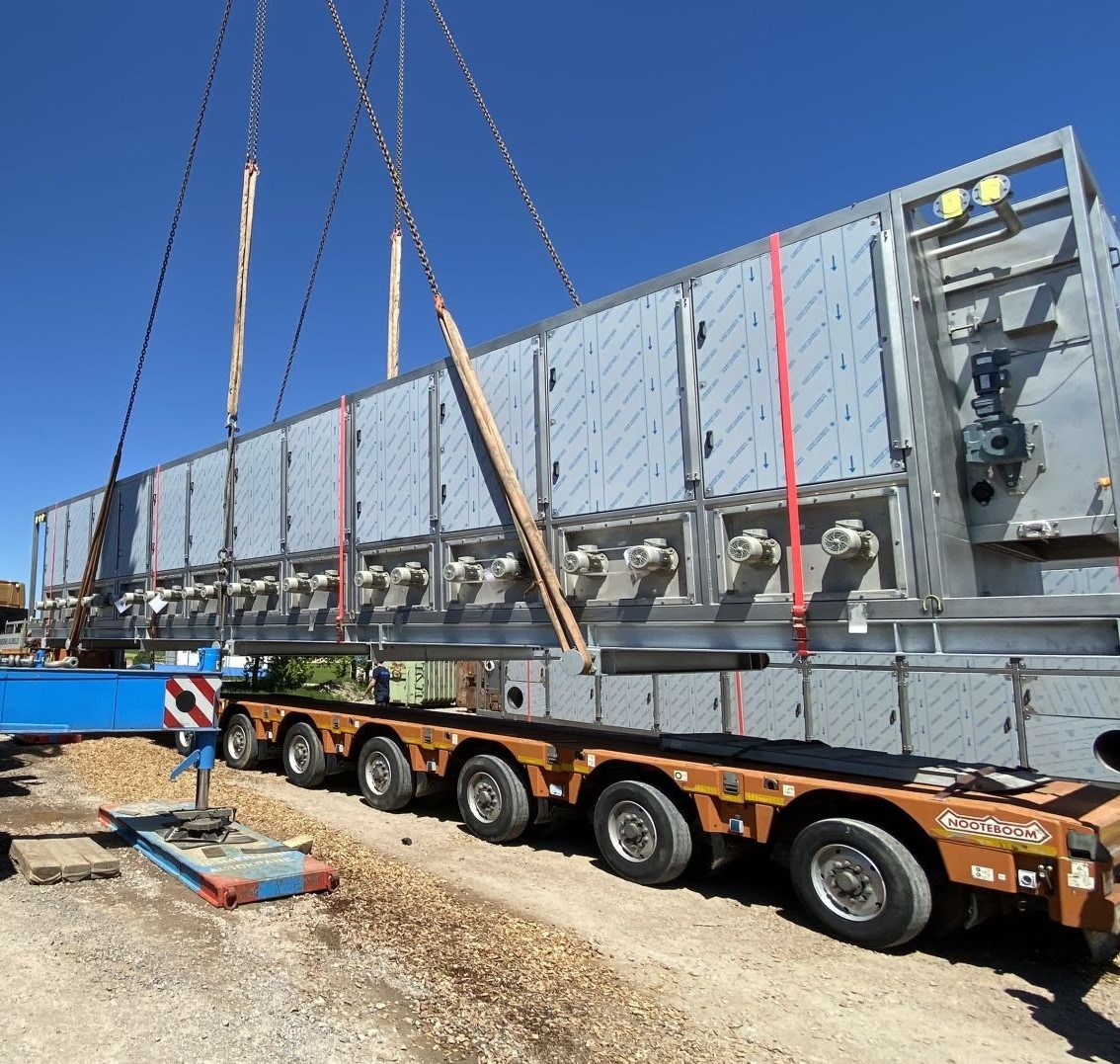
The City of Logan will soon be home to two enormous marvels of modern engineering created in the depths of Germany's Black Forest.
Two sewage sludge dryers, weighing 34 tonnes each, are on their way to be installed in Australia's first biosolids gasification facility being built at the Loganholme Wastewater Treatment Plant (WWTP).
The industrial-strength dryers are an integral component of the gasifier that will turn human waste into a marketable biochar suitable for a variety of uses.
City of Logan commissioned Dutch company ELIQUO to build the dryers in their German factory after being unable to find an Australian company with the expertise to produce the appliances.
It took nearly five months to build the dryers, which are larger than a shipping container at 18 metres long and 3.5 metres wide.
They were then trucked through the narrow streets of Bonndorf in the state of Baden-Wurttemberg to port.
They are currently being shipped to Australia and should arrive in City of Logan in August for assembly.
Infrastructure Chair Councillor Teresa Lane said the dryers are another mind-boggling component of the Loganholme WWTP Biosolids Gasification Project.
"Council has been looking at emerging technology as part of the project since officers first drew up plans to build the gasifier," Cr Lane said.
"I think it's great they are pushing the boundaries on emerging environmental and innovative ideas that save residents money in the long run.
"The dryers are an engineering feat given their size and the challenges posed by testing and transporting them during COVID-19.
"Once they arrive in our city, they will be assembled along with the many other components required to bring the gasifier online.
"This is an Australian-first and I'm confident we will achieve great outcomes for all the hard work put in."
Last year Council, along with project partners Pyrocal and Downer, successfully trialled a process of thermally treating sewage sludge (biosolids) to produce biogas.
The biogas is then used as a renewable energy source as heat drying the remaining biosolids, turning it into a 'biochar', suitable for agricultural purposes.
The Loganholme Gasification Project is expected to come online mid-2022 later this year and is designed to reduce CO2 output by about 4800 tonnes annually and prevent organic pollutants from entering the soil.
The $17m project was made possible by a $6 million grant from the Australian Government's renewable energy agency ARENA.






